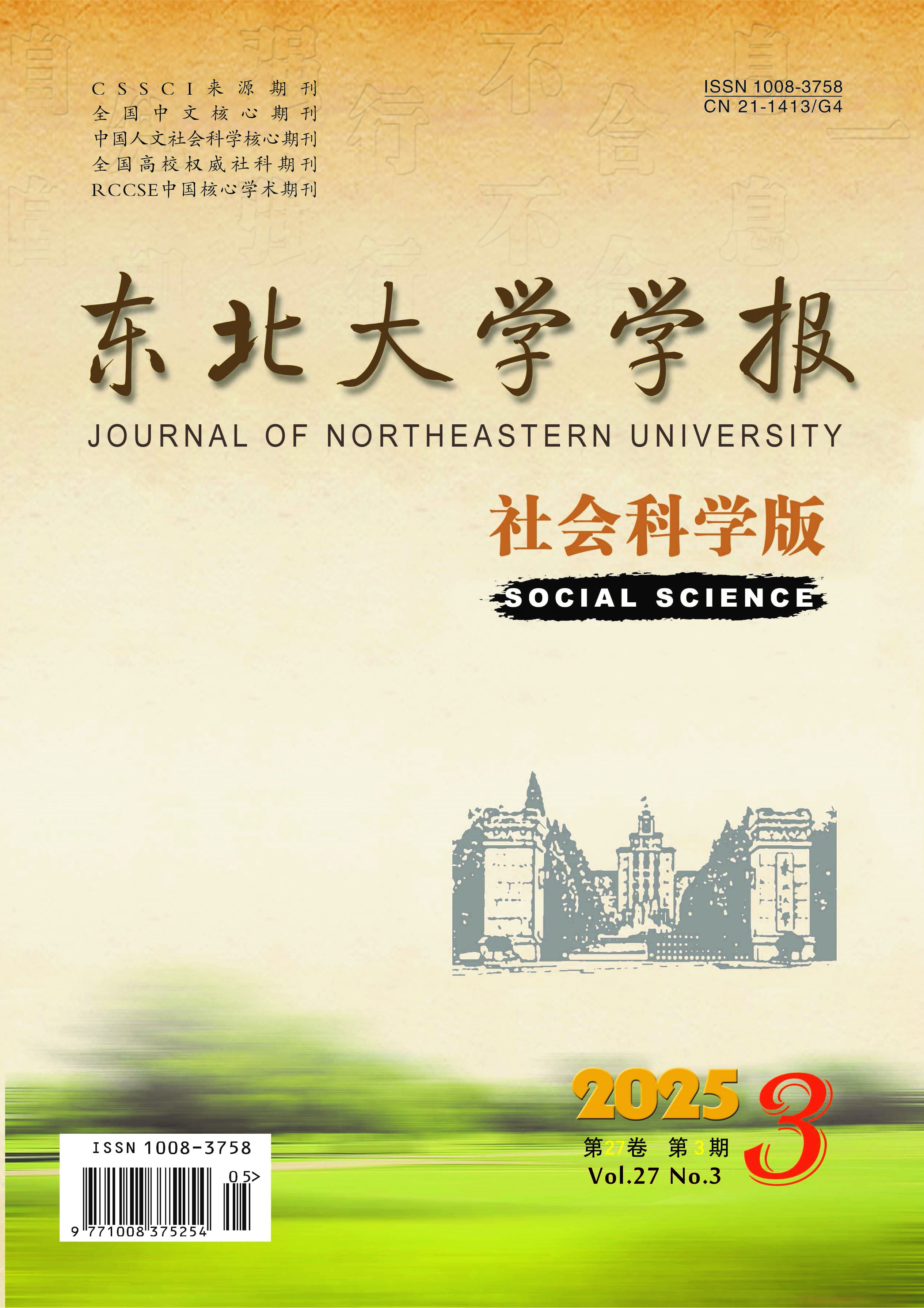Since the Industrial Revolution, humanity has driven the evolution of civilization through modernization practices. The choices of modernization pathways have also exhibited diversity due to the progression of human civilization, collectively highlighting the development and progress of human society. Chinese modernization and modern Chinese civilization draw upon the general laws of global modernization and human civilization development with an open and inclusive approach. At the same time, they sustain cultural identity through renewal and innovation, demonstrating the unique charm of the Chinese nation. Thus, they are inherently interconnected. Specifically, Chinese modernization endows Chinese civilization with modern characteristics, while Chinese civilization provides the cultural foundation for Chinese modernization. They are mutually reinforcing, exhibiting intrinsic coupling from both diachronic and synchronic perspectives. From the perspective of the unity of universality and particularity, a new model for human advancement nurtured by Chinese modernization and the Chinese nation represents a groundbreaking civilizational form. This form achieves renewal by integrating tradition and modernity, fosters innovation by blending Chinese characteristics with universal global elements, and signifies a “universal civilization form” that opens a new chapter for the future.

